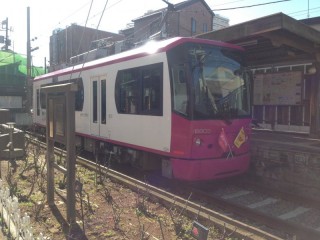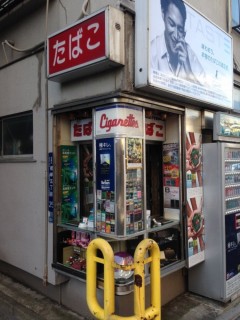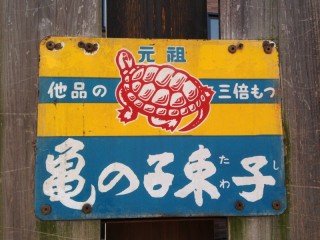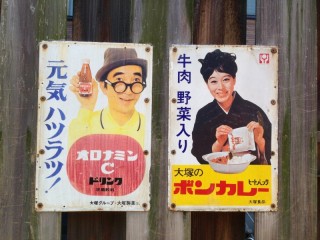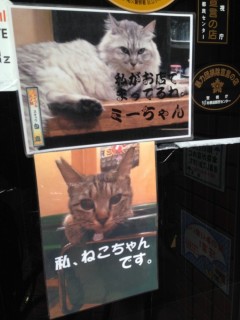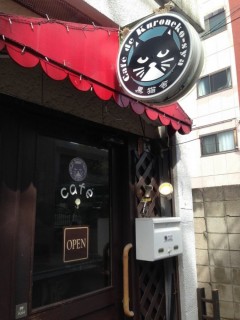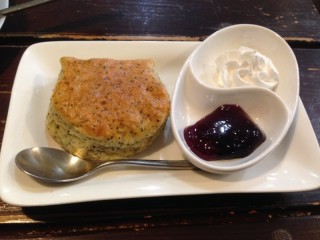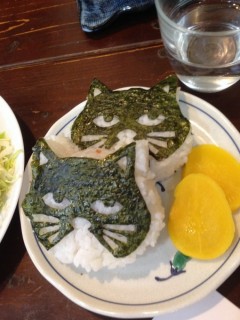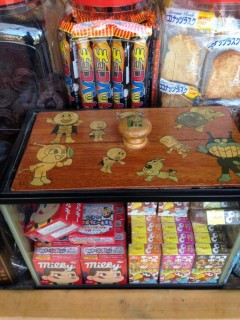Loading
Search
▼ Back in Time on the Tokyo Sakura Tram (Arakawa Line)
- Category:Tourism
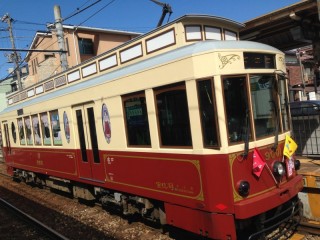
JAPAN TRAVEL
Ride the Tokyo Sakura Tram to find a slice of old Tokyo
The Toden Arakawa Line is one of the only remaining streetcars in Tokyo (the other being the Setagaya Line) and the last remaining vestige of the streetcar system that sprawled over Tokyo for the first half of the 1900s.
The current line runs from Minowabashi Station in Arakawa Ward to Waseda Station in Shinjuku Ward. It runs through 30 stations between Kita and Toshima Wards across 12.2 kilometers, taking about 60 minutes to complete the stretch. The line runs entirely above-ground, is a one-car operation, and is frequented by locals and students.
The line’s history is apparent in ways that are both overt and subtle. At the Minowabashi Station terminus, the platform is adorned with vintage signboards advertising products that were de rigueur in the Showa era; the edges are tinged with rust. Cigarette kiosks and cafes in areas adjacent to the line similarly look like they haven’t changed much in decades.
The line’s history is apparent in ways that are both overt and subtle. At the Minowabashi Station terminus, the platform is adorned with vintage signboards advertising products that were de rigueur in the Showa era; the edges are tinged with rust. Cigarette kiosks and cafes in areas adjacent to the line similarly look like they haven’t changed much in decades.
The train itself runs in a way that feels more personable than the trains and subways that make up most of the Tokyo transit. Riders push a button for their stop, and though the tram is on a rail, the conductor still must be attentive to traffic. When I was riding, he got out of his booth to herd a group of small, behatted children on a field trip safely onto the train.
Though the area has fewer tourists compared to Shinjuku, Shibuya, or Ueno, the neighborhoods along the line are filled with small pleasures. There are a surprising number of local attractions within reach of the line, making it the perfect destination for a low-key day of ambling and discovery.
In the Joyful Minowabashi Shopping Street next to Minowabashi Station, I ducked into a small coffee shop called Hakucho for some sustenance at the start of my day. To my surprise, I found that it was extremely affordable — for only 330 yen I got a “morning set” with coffee, toast, a hard boiled egg, and a piece of fruit. Two cats wandered in and out of the shop at will, setting off the automatic door whenever they wanted to leave or enter. It was not a cat cafe.
In the Joyful Minowabashi Shopping Street next to Minowabashi Station, I ducked into a small coffee shop called Hakucho for some sustenance at the start of my day. To my surprise, I found that it was extremely affordable — for only 330 yen I got a “morning set” with coffee, toast, a hard boiled egg, and a piece of fruit. Two cats wandered in and out of the shop at will, setting off the automatic door whenever they wanted to leave or enter. It was not a cat cafe.
At Machiyaekimae Station, I wandered through Arakawa Nature Park, a pleasant spot with strolling paths, reflective ponds, and manicured gardens, blissfully alone.
At Machiyanichome Station, I again ducked into a cafe (I loved cafes) that I couldn’t resist, called Kuroneko-sya, or Black Cat Cafe. Though there were no actual black cats in attendance, the space was stuffed with figurines and pictures, and the kindly owner doles out cat-shaped scones and rice balls for his customers.
The charming Nurie (coloring book) Museum at Higashi-ogu-sanchome Station is good for the kid at heart (only open on weekends), while the Arakawa Yuen (amusement park) at Arakawa Yuenchi-mae Station is great both for actual children and those who love a gently dilapidated park complete with ferris wheel, merry-go-round, and other tame rides for a cheap price.
At Kajiwara Station, I walked down Shopping Road Kajiwara and headed into Akemiseika, a shop famous for its Toden tram-shaped monaka sweet, as well as an impressive selection of other classic wagashi, such as sakura mochi, dango, and manju. And at Kishimojinmae Station, I walked along the zelkova-tree lined bath to Kishimojindo (shrine), dedicated to the goddess of childbirth and children, and stopped by Kamikawaguchiya on the shrine premises, the oldest candy shop in Japan.
At Kajiwara Station, I walked down Shopping Road Kajiwara and headed into Akemiseika, a shop famous for its Toden tram-shaped monaka sweet, as well as an impressive selection of other classic wagashi, such as sakura mochi, dango, and manju. And at Kishimojinmae Station, I walked along the zelkova-tree lined bath to Kishimojindo (shrine), dedicated to the goddess of childbirth and children, and stopped by Kamikawaguchiya on the shrine premises, the oldest candy shop in Japan.
The Toden Arakawa Line, which was recently given the nickname “Tokyo Sakura Tram,” runs every six minutes from around 6 am to 11 pm. They offer a one-day pass for only 400 yen — good for a day of exploring if you plan to ride at least three times (a single ride is 170 yen). You can buy these on the train. You can also use an IC card, or buy a single ticket.
In my day of exploring the Toden Arakawa Line, I only managed to scratch the surface of the things to do and see along the line. I think there are at least several more days of sights and activities to see, so I’m already planning to go back with a friend soon!
- March 30, 2018
- Comment (0)
- Trackback(0)


